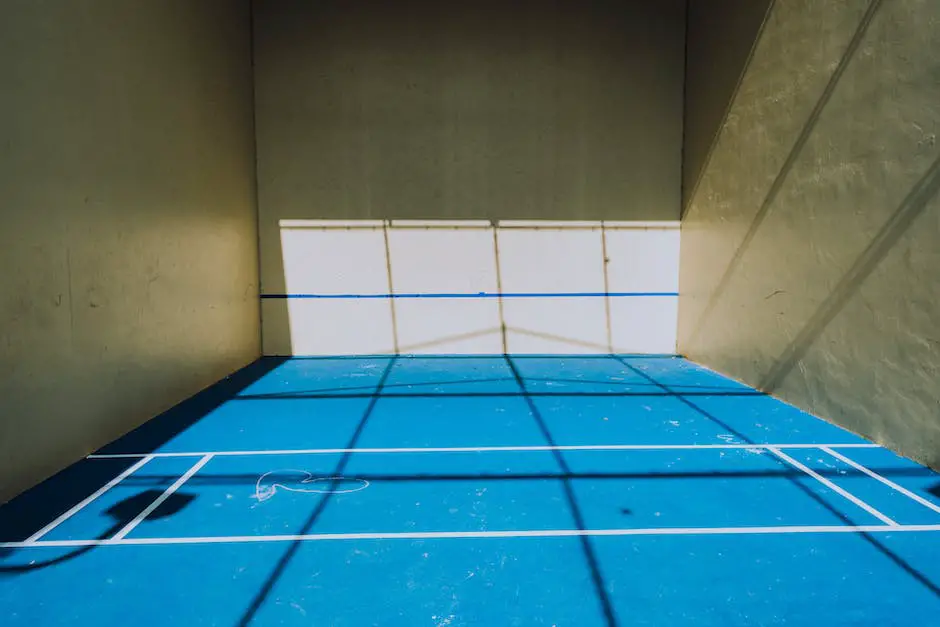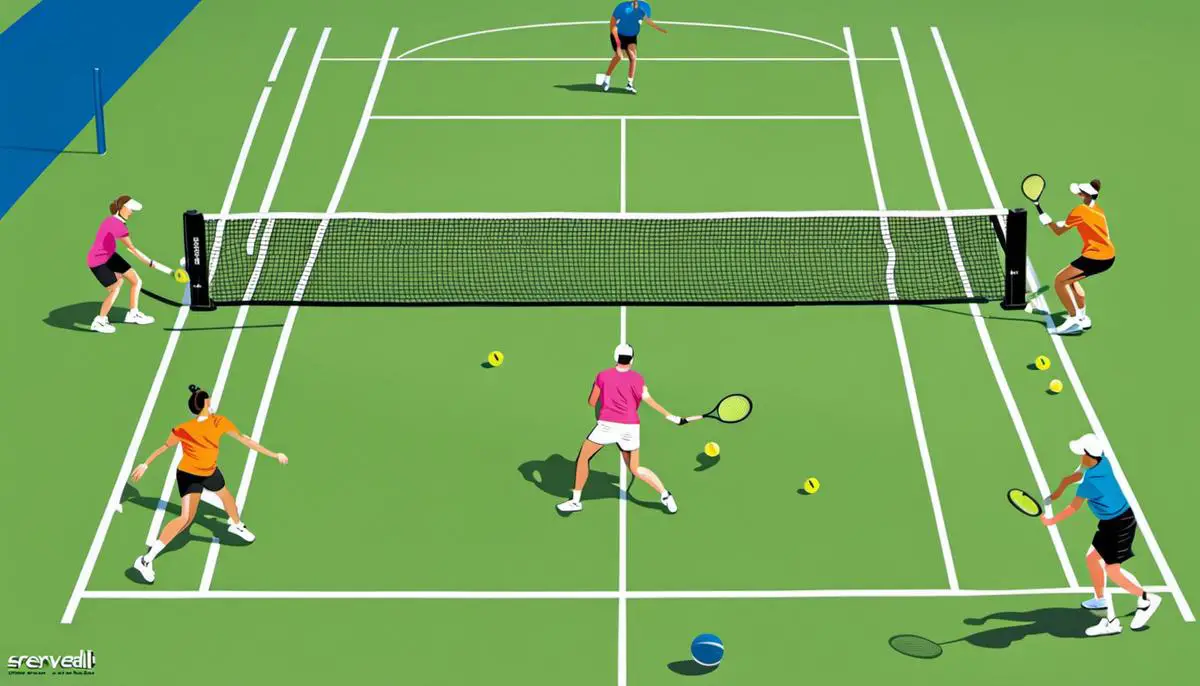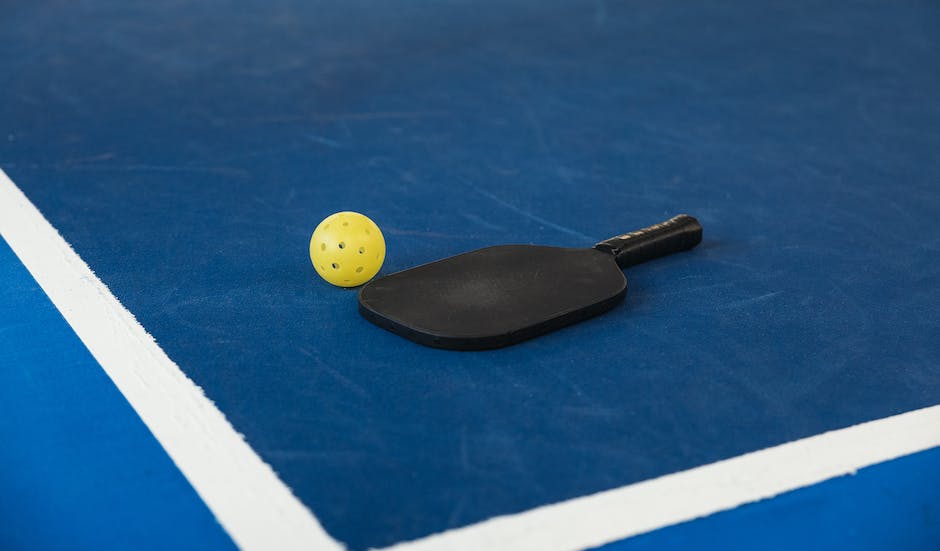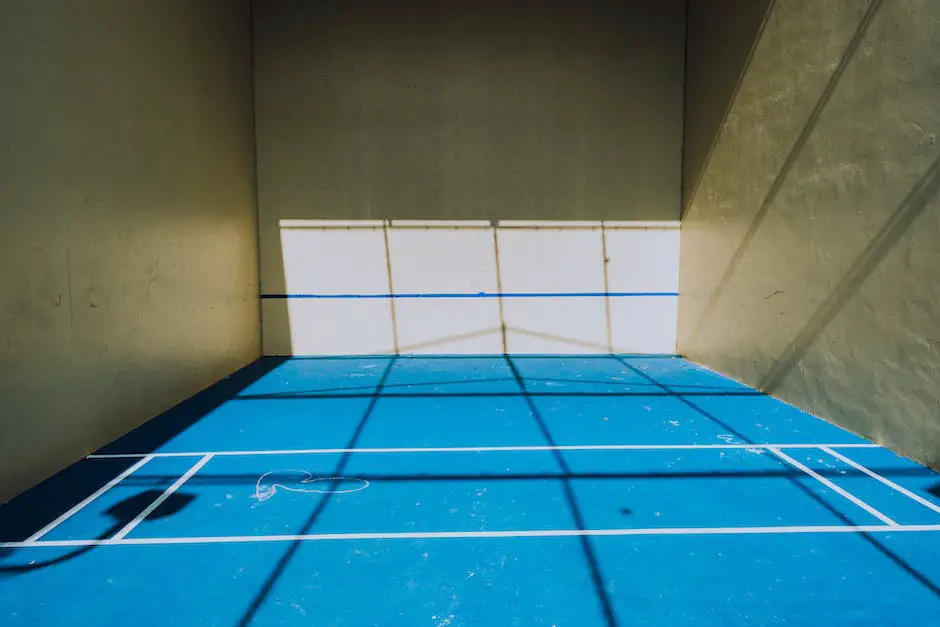In recent years, Pickleball has seen a surge in popularity with sports enthusiasts, owing to its easy-to-learn rules and exciting gameplay. An amalgamation of tennis, badminton, and ping-pong, this engaging sport requires a solid understanding of its basics, proper grasp of various strokes and techniques, robust practice regimen, and, most importantly, active participation to master. The journey from an interested observer to a skilled player involves familiarizing oneself with the universal terminologies, comprehensive knowledge about the equipment, comprehending the scoring system, and sophisticated game strategies. As you delve into the world of Pickleball, understanding to hold the paddle, positioning your body right, and learning different strokes will add depth to your gameplay and strategy. It truly is a sport that can be enjoyed irrespective of one’s age or skill level, and hence it holds immense potential for newcomers.
Understanding the Basics
Understanding the Basics of Pickleball
Pickleball is a racket sport that combines elements of badminton, tennis, and table tennis. To begin your pickleball journey, you must familiarize yourself with the fundamental rules and terminology. Each game is played on a badminton-sized court and can be played as singles or doubles. The game begins with a serve, which is initiated from the right-hand service square and must land diagonally in the opponent’s service square. Serves should always be hit underhand. This sets the stage for back-and-forth play until one team fails to return the ball.
The Pickleball Scoring System
Pickleball uses a unique scoring method. A game typically goes up to 11 points, but one must win by at least 2 points. A point can only be scored by the serving team. The serving side continues to serve until there is a fault on their part, then the serve switches to the opposing team.
Strategies for Pickleball
In terms of basic strategies, it can be advantageous to aim your shots towards the back of the court, followed by a rushing net shot, which can be difficult for your opponent to return. Similarly, aiming for your opponent’s feet or sending the ball down the middle in doubles can cause confusion and increase your chances of scoring.
Equipment Used in Pickleball
Pickleball equipment primarily includes a pickleball paddle and a pickleball ball. While the paddles may look similar to those used in ping pong, they are larger, typically made from lightweight composite materials, such as aluminum or graphite. The balls are unique, hollow, plastic, and have holes through them, resembling a small wiffle ball.
Pickleball Terminologies
There are specific terminologies used in pickleball that you need to understand. The ‘kitchen’ or the ‘non-volley zone’ is an area where volleys are not allowed. A ‘volley’ refers to hitting the ball in the air, without letting it bounce first. ‘The Double Bounce Rule’ is another term that indicates the ball must bounce once on each side before volleys are allowed in a point. Lastly, a ‘dink’ is a soft shot, typically executed with the intention of sending the ball just over the net into the opponent’s non-volley zone.
Through understanding these basic rules, terminologies, and equipment, you will have a solid foundation to kick-start your pickleball journey. With consistent practice and a keen strategy, you’ll be able to enjoy and improve your game.

Pickleball Strokes and Techniques
Holding the Paddle Correctly for Pickleball
In pickleball, holding the paddle correctly is a key factor for successful play. Generally, a “shake hands” grip is recommended. This involves holding the paddle as if you were shaking someone’s hand, with the handle resting in your palm and your fingers wrapping around it. The thumb typically rests against the backside of the handle for added stability.
Proper Body Position for Pickleball
The proper body position for pickleball is crucial for achieving good results. Face the net with your feet shoulder-width apart for balance. Bend your knees slightly to prepare for any incoming shots. Always aim to keep a low center of gravity to improve your balance and readiness. Keep the paddle in front of you at all times for optimal play.
Different Strokes in Pickleball
Pickleball play involves numerous types of strokes, each with its own technique and strategy.
-
Serve: The serve is the initial stroke in pickleball. It should start from below your waist and the paddle must meet the ball in an “underhand” motion. The ball must land in the opposite diagonal service box.
-
Return: The return is used to get the ball back to your opponent after they serve. Stand still, watch the ball carefully, and aim to return it diagonally.
-
Drive: The drive is an offensive shot aimed at the opponent’s body or feet, aiming to keep them on the defensive. Lower your center of gravity and extend your paddle forward to face the incoming ball.
-
Lob: The lob is a defensive shot that sends the ball high and deep into the opponent’s court, buying you time to recover. Open up your paddle face and aim to slice beneath the ball, lifting it high.
-
Dink: The dink is a soft shot that is meant to deceptively fall into the opponent’s non-volley zone (“kitchen”). Make sure your paddle’s face is slightly open when you connect with the ball, and aim to hit it softly.
-
Slam: The slam is a powerful shot often used to finish rallies. The goal is to hit the ball with enough force such that your opponent cannot return it. Turn your torso while swinging your arm to generate power.
-
Drop Shot: The drop shot is a precise stroke aimed at landing the ball just past the net to force your opponent to move forward. This requires a delicate touch and an angled paddle.
Each of these strokes serves a different purpose within the game strategy of pickleball, and mastering a variety of them can give you a competitive edge. Always remember to practice consistently for improvement!

Practice and Conditioning
General Fitness Tips for Pickleball Beginners
Pickleball, a hybrid of tennis, ping pong, and badminton, is a popular and accessible sport for people of all ages and capabilities. Before kicking off your pickleball practice, it’s advised to get in shape to avoid injuries and benefit from enhanced agility and improved performance. Regularly perform cardio exercises like jogging, cycling, and speed walking to build stamina and stay agile.
Pre-practice Conditioning
To condition yourself for Pickleball, focus on exercises that develop your agility, balance, and strength. Integrate high-stepping, lateral movements, and jumping jacks into your conditioning routine. These exercises enhance your agility by strengthening your calves and thighs. After working on agility, move to balance exercises.
To develop balance, consider exercises like the single-leg stands, heel-to-toe walks, and balance walks. These exercises increase your equilibrium, resulting in better control and movement on the court. To complement agility and balance training, strength training is crucial.
Strength training exercises like squats, lunges, and push-ups are universally recommended for pickleball players. Regular strength training can help prevent injuries by conditioning your muscles to handle the physical strain of pickleball games.
The Importance of Core Strength
Pickleball engages the entire body, and having a strong core significantly aids performance. Exercises like planks, crunches, and Russian twists can help you build a stronger core, providing necessary support to your swings and serving power. Improve endurance in the game, tighten your hits, and increase overall playing performance.
Skills Practicing – Techniques and Strokes
Once you’ve got your physical condition in check, start practicing the fundamentals of the sport — namely, the serves and hits. A strong and accurate serve will set the tone for the rest of the play, making it quintessential to master. You can start practicing against a wall or with a partner if available.
To master the serves, practice an underhand serve that involves making contact with the ball below your waist level. The backswing should be short, with an emphasis on a high follow-through. For hits, use both forehand and backhand strokes, focusing on keeping the ball low and forcing the opponent to hit upwards.
Consistent Practice is Key
Finally, it’s important to remember that practice makes perfect. Gradually manipulating your paddling technique and game strategy during practice will enable you to become a highly skilled player. Whether you immerse yourself into hard drills or maintain a relaxed match with friends, consistency is vital in achieving noticeable progress in your pickleball prowess.
Practicing and conditioning are two essential components for any beginner who wants to excel in pickleball. By incorporating mentioned training elements, you can work your way to becoming a skilled and robust pickleball player.

Playing the Game
Understanding Pickleball Basics
Pickleball is a sport that merges elements from tennis, ping-pong, and badminton into one fun and active game. It is played on a court similar to a badminton court but with a net and rules more resembling tennis. Equipment used in pickleball includes a paddle, smaller than a tennis racket but larger than a ping-pong paddle, and a perforated plastic ball.
Starting with Practice Matches
Start your pickleball journey with practice matches. This is essential in familiarizing yourself with the rules and flow of the game. It also gives you the chance to experiment with different playing techniques and observe your rate of improvement over time. During these sessions, focus on serving, hitting, volleying, and scoring.
Analyzing Your Performance
As you play, take note of weaknesses so you can work towards improving them. Key areas you should be looking at include your ability to move quickly and with agility, your aim, and your hitting power. Also, pay attention to your ability to serve accurately and your understanding of the game strategies and rules.
Learning From Others
To further enhance your skills, consider watching recorded games from experienced players. This can provide you invaluable insight into game strategies, positioning, and teamwork. Analyze the movements, tactics, and plays of professional pickleball players and incorporate what you learn into your game.
Also, regularly participating in doubles matches will introduce a new dynamic to the game since it involves teamwork and strategizing with another person. Understand both offensive and defensive tactics used in doubles to get an edge over your opponents.
Improving Your Skills
Make sure to set aside time for regular training sessions to improve your skills and techniques on your own. Regular practice is key to solidifying what you’ve learnt during training sessions and implementing them in real game situations.
Remember, the goal is to improve over time, so don’t be discouraged by initial difficulties. Instead, focus on steadily acquiring new skills and improving established ones. A good pickleball player is continually evolving, learning, and enjoying the game. Lastly, play fair and have fun.

As you launch into your Pickleball journey, remember that dedicated practice and physical conditioning are equally important. Exercises focusing on improving agility, balance, and strength will greatly enhance your game performance over time. Practice matches will provide an excellent platform for implementing the knowledge acquired and identifying areas of improvement. Also, observing recorded games of experienced players can unveil new strategies and nuts and bolts you would otherwise overlook. Adventuring into Pickleball can be a enriching experience marked by continuous learning and improvement, but most importantly, it serves as a reminder of the joy and spirit of sport. So get your paddles ready and make that serve. Good luck and enjoy the game!